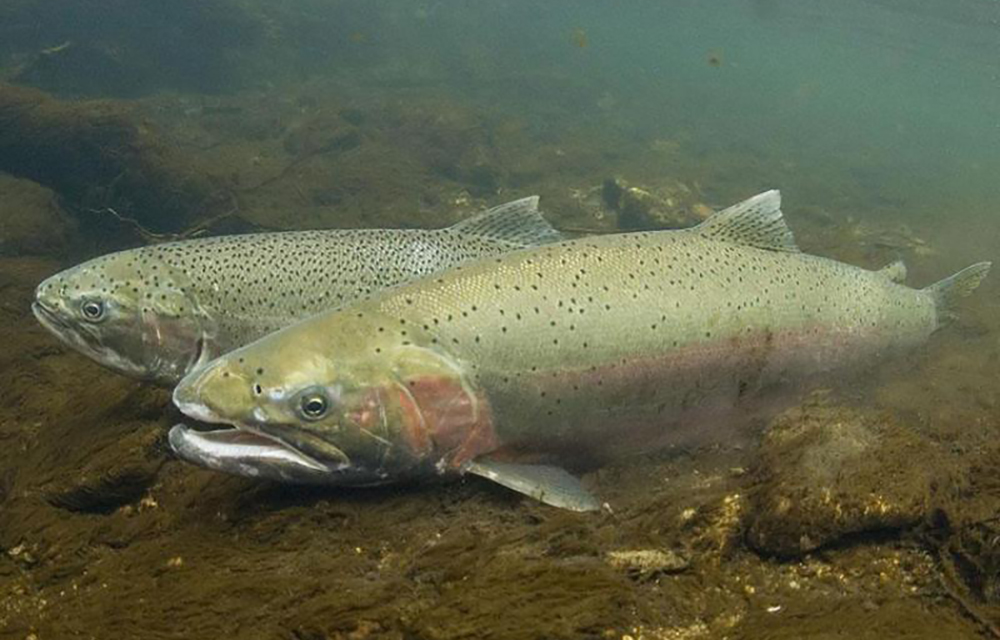NOAA Fisheries has determined that Northern California steelhead still need protections under the Endangered Species Act (ESA) following the completion of a five-year review.
“Northern California steelhead are resilient and can recover, as long as protective efforts, including water conservation, forward-looking regulatory actions, and habitat protection, are enacted, allowing them to flourish,” NOAA Fisheries Biologist Seth Naman, who was the lead author of the review, said.
Although state, federal, tribal, and private efforts have restored much of the species’ habitat, ongoing climate change-related threats still pose challenges, according to NOAA Fisheries. Data is limited, but the population the government has measured has either declined or not moved over the last five years. Population estimates are below 15 percent of the government’s ESA recovery goals.
“Because climate change is one of the most significant threats to Northern California steelhead, protective efforts in the future should focus on projects that aim to conserve water during the summer and fall low-flow periods,” Naman said.
Northern California steelhead has been listed under the ESA since 2000.
The review’s primary recommendation was to “support and fund projects intended to increase stream flows during the summer and fall months.”
The review also found that cannabis legalization in the U.S. state of California had helped the steelhead population by reducing demand for illegal grow operations, which can illegally divert water from steelhead habitat. NOAA Fisheries noted that the forthcoming removal of two dams along the Eel River will open up about 300 miles of habitat for steelhead.
The federal government is also working to improve steelhead populations north of California.
In March, the administration of U.S. President Joe Biden announced plans to allocate USD 60 million (EUR 55 million) to address the effect of climate change on steelhead and salmon in the Columbia River. That funding was made available through the Inflation Reduction Act and is part of Biden’s Investing in America agenda. The funding will help the government conduct repairs and maintenance on hatchery facilities in the Columbia River basin.








